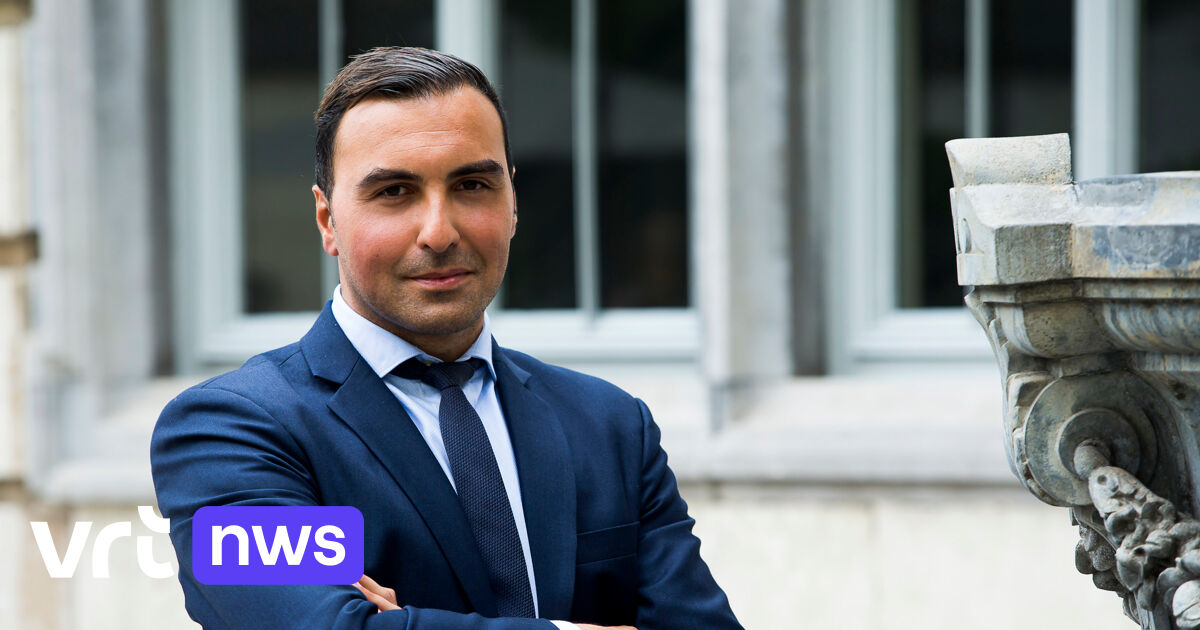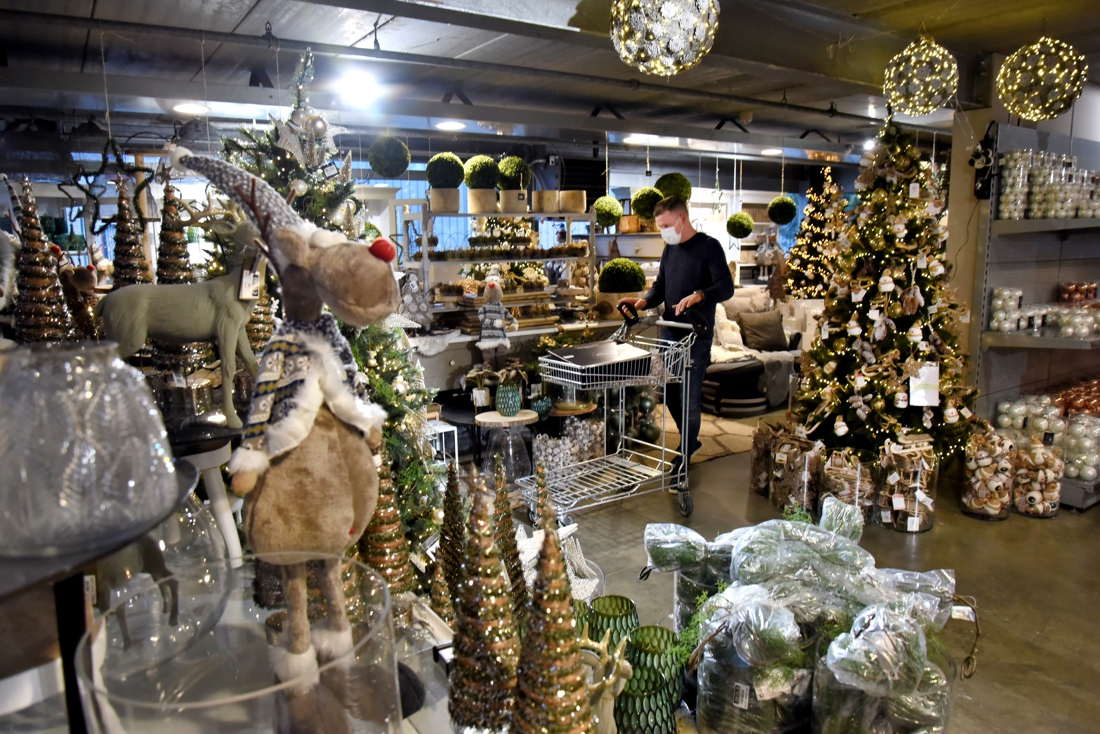“I propose to close all schools and non-essential businesses in nine neighborhoods” from Wednesday and for at least two weeks, announced the Democratic mayor of New York, Bill de Blasio during a press briefing Sunday. He stressed that he was waiting for the approval of the state governor to confirm this decision.
“Today is unfortunately not a day of celebration […] New Yorkers have worked hard to bring COVID-19 under control, and we are not making this proposal lightly, ”said the Democratic mayor.
“But in this city, science guides our decisions, and we do what the facts tell us to do,” he added, in an implicit criticism of Donald Trump’s administration and Republicans accused of ‘have taken the virus lightly.
After recording a record number of 24,000 deaths and freezing images of ubiquitous mortuary trucks in the spring, the first American metropolis had become a model of control of the epidemic.
If the measure is approved, it will be the first time that it has been forced to go back on deconfinement. Governor Andrew Cuomo, with strained relations with Mr de Blasio, did not immediately respond to his request.
Eleven neighborhoods under surveillance
Of the nine affected neighborhoods, six are in Brooklyn, in areas where the Orthodox Jewish community is strongly represented and where the epidemic has resumed thanks to gatherings marking the recent Jewish holidays of Rosh Hashanah and Yom Kippur.
The other three are in Queens, including an area very close to John F. Kennedy Airport.
These nine neighborhoods have in common that they have seen their positivity rate remain above 3% over the last seven days, despite multiple interventions by the health services to ensure compliance with the wearing of masks, barrier gestures and get people to get tested.
In six of these neighborhoods, the proportion of positive cases in all tests administered is currently above 5.6% and is even skyrocketing to 8.3% in the Borough Park area of Brooklyn, where city health officials are ‘were shouted 10 days ago by an Orthodox Jewish activist denouncing the wearing of a mask.
Eleven other neighborhoods, mostly located around the other nine, are also under surveillance, because there too the virus is resuming, even if they have not yet reached the threshold of 3% positivity over seven days, specified the mayor.
“We will try to see if we can rectify the situation without having to apply major restrictions”, underlined Mr. de Blasio.
The dining rooms, which had just been authorized to reopen, as well as the gyms and swimming pools will nevertheless be closed there.
“Well managed”
Faced with this localized resumption of the epidemic in 20 neighborhoods – out of the 146 that make up this city of 8.5 million inhabitants – New York is inspired by the localized containment measures taken in South Korea, Hong Kong or Singapore, “who handled it well,” explained Dr Jay Varma, the mayor’s health adviser.
All summer, however, New York had been a model of mask-wearing discipline, with relatively limited breaches of barrier gestures compared to what happened in Europe or other parts of the United States. The positivity rate remained, for weeks, around 1%.
This partial reconfinement project comes at a time when, after weeks of controversy, New York has just reopened all of its public schools, on a model alternating face-to-face and online teaching, and to reopen its dining rooms, in 25% capacity only.
The mayor of New York, however, stressed that public schools – minority in several neighborhoods affected by the re-containment, were not in question, and that he wanted to close them only “by abundance of precautions”.
–


